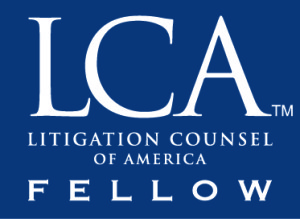What You Should Know About Confined Spaces
In the construction industry, a confined space is something that has limited means of entry and exit, is large enough for a worker to enter, and is not intended for regular occupancy. Examples of this may include sewers, pits, crawl spaces, attics, boilers, and more. In 2015, OSHA issued a standard for construction work in confined spaces, which will prevent workers from being hurt or killed by eliminating hazards through help from employers.
Because these confined spaces are difficult to exit in the event of an emergency, they can be extremely life-threatening. The hazards they present are toxic substances, electrocutions, explosions, and asphyxiation. Construction workers are constantly performing tasks in confined spaces; however, they present both physical and atmospheric hazards that can be prevented if they are addressed.
Changes That Safety Managers Need to Understand
OSHA has actually been enforcing a confined spaces rule since 1993, which mandates procedures and requirements for working around these areas. However, full enforcement of new standards came in 2015, bringing many changes with it. Here are some of the new standards that may apply to the workplace:
Increased Coordination: There are now greater provisions for collaboration among employers to ensure that hazards are not introduced into confined spaces. Employers must be aware of the hazards prevented to their employees on many levels.
Competent Person: A competent person refers to someone who can identify hazards in the workplace and correct them immediately. They must evaluate the worksite prior to the construction project as well as throughout.
Atmospheric Monitoring: The atmosphere must always be monitored for present chemicals.
Engulfment Hazard Monitoring: If there is a threat of engulfment, this must also be tracked on an ongoing basis. For instance, if there is a flash flood risk, electronic sensors could alert workers of the first signs of a risk.
Temporary Permit Suspension: Instead of immediate cancellation of a permit, a permit can now instead be temporarily suspended. The confined space must then be returned to previous conditions for safety.
Because confined spaces can be extremely dangerous and lead to injury, you should always be prepared when working around these conditions. Call us today at Maggiano, DiGirolamo & Lizzi if you have been injured in a construction case and need our help. We have experience to handle your case.


















